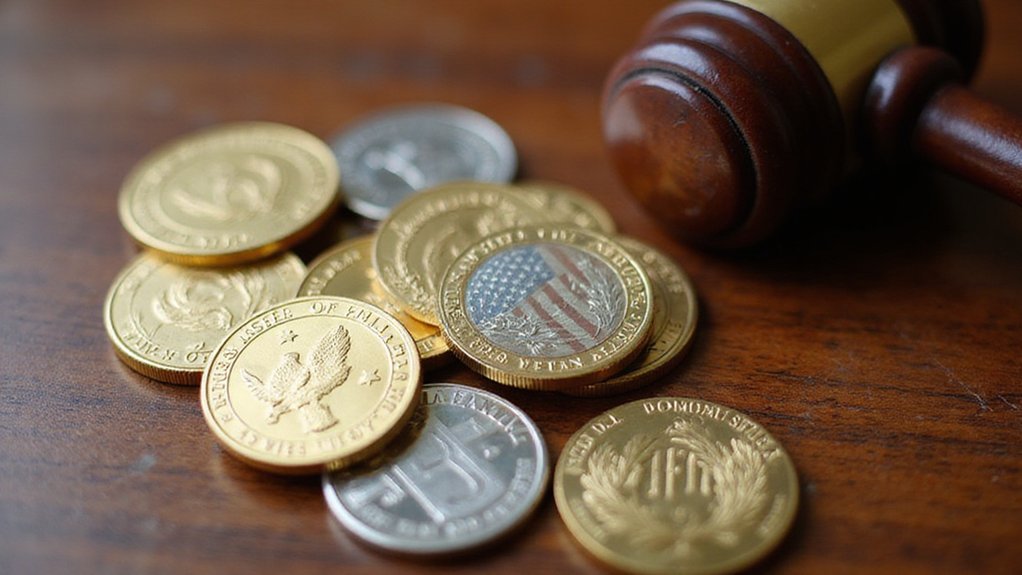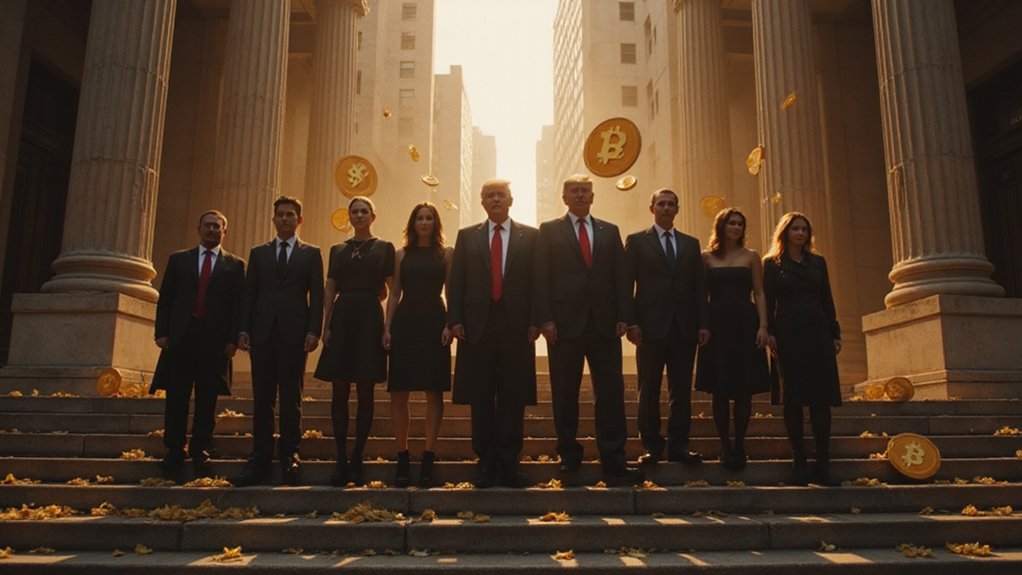While the cryptocurrency industry has grown accustomed to steering through regulatory uncertainty through a labyrinthine maze of enforcement actions and oblique guidance, President Trump’s January 23, 2025 executive order represents a monumental shift toward the kind of regulatory clarity that market participants have been demanding—though perhaps not always expecting to receive.
The formation of an inter-agency task force signals a coordinated federal approach that stands in stark contrast to the previous administration’s preferred method of regulation-by-enforcement. The SEC’s public critique of its own enforcement strategies (a remarkable display of institutional self-awareness) culminated in the cessation of investigations into major platforms like OpenSea and Robinhood.
More notably, the announcement that memecoins would no longer face securities classification removes a regulatory sword of Damocles that had been hanging over an entire market segment.
The regulatory guillotine that once threatened memecoins has been permanently withdrawn, liberating an entire digital asset category from securities oversight.
Legislative momentum proved equally transformative. The Senate’s passage of the GENIUS Act established a thorough stablecoin regulatory framework designed to balance innovation with consumer protection—a delicate equilibrium that previous regulatory attempts had struggled to achieve.
This legislative clarity eliminates the uncertainties that had previously relegated many institutional investors to the sidelines.
Perhaps most symbolically important is the establishment of the Strategic Bitcoin Reserve, capitalized with forfeited Treasury bitcoin assets. This initiative transforms the government from crypto’s reluctant overseer into an active participant, signaling not merely tolerance but genuine confidence in digital asset ecosystems.
The reserve’s stated goal of providing market liquidity during volatility periods represents an unprecedented level of federal market intervention in cryptocurrency markets.
The rescission of banking sector restrictions proves equally consequential. The Federal Reserve Board‘s withdrawal of 2022 guidance that had effectively quarantined banks from crypto activities, along with the elimination of notification requirements for crypto-related banking services, integrates digital asset supervision into normal banking oversight processes.
This normalization removes artificial barriers that had prevented traditional financial institutions from fully embracing cryptocurrency services. As confidence in the regulatory framework grows, established platforms like CEX.IO continue to demonstrate the value of comprehensive AML/KYC compliance in maintaining user trust and security. The administration has also established clear timelines for regulatory action, with the interdepartmental working group operating under a six-month deadline to deliver comprehensive recommendations on digital asset policy.
These policy shifts collectively represent more than regulatory housekeeping—they constitute a fundamental reimagining of how the United States approaches digital asset governance, positioning the nation as a leader rather than a reluctant participant in the global digital economy. However, enforcement actions continue to underscore the importance of compliance, as demonstrated by OKX’s agreement to pay over $504 million in fines and forfeiture for operating without proper licensing and violating anti-money laundering requirements.









